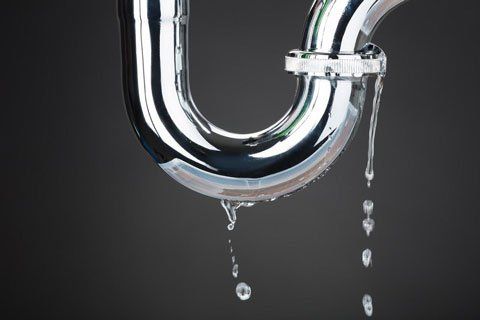How to Check If Your Residence Has a Concealed Leakage
How to Check If Your Residence Has a Concealed Leakage
Blog Article
This post listed below about Locating water leaks is especially remarkable. Don't bypass it.

The moment you find a leakage, calling your plumber for fixings is the best solution. Some little water leakages may not be visible. If you can not identify it with your naked eyes, below are some hacks that assist.
Early detection of dripping water lines can alleviate a possible calamity. Besides conserving you cash, it will minimize the irritation and irritation.
Inspect Water Intake
If you find abrupt changes, in spite of your usage being the same, it suggests that you have leakages in your plumbing system. An unexpected spike in your bill suggests a fast-moving leak.
On the other hand, a consistent rise each month, despite having the same habits, shows you have a slow leakage that's additionally gradually escalating. Call a plumber to thoroughly examine your residential or commercial property, particularly if you feel a cozy location on your floor with piping underneath.
Examine the situation as well as inspect
Property owners ought to make it a routine to check under the sink counters as well as also inside cupboards for any bad odor or mold growth. These 2 red flags show a leakage so punctual focus is required. Doing routine evaluations, even bi-annually, can save you from a major trouble.
Examine the Water Meter
Every house has a water meter. Checking it is a surefire way that aids you uncover leakages. For starters, shut off all the water sources. Make sure nobody will flush, utilize the faucet, shower, run the cleaning device or dishwasher. From there, go to the meter as well as watch if it will certainly alter. Considering that no person is utilizing it, there need to be no motions. If it relocates, that indicates a fast-moving leak. If you find no modifications, wait a hr or 2 and inspect back once more. This implies you may have a slow-moving leak that can even be below ground.
Asses Exterior Lines
Don't forget to examine your outside water lines too. Ought to water seep out of the connection, you have a loosened rubber gasket. One little leak can lose tons of water and surge your water bill.
Do a Food Coloring Examination
When it pertains to water usage, 30% originates from bathrooms. Examination to see if they are running correctly. Decrease specks of food color in the container as well as wait 10 minutes. If the color in some way infiltrates your bowl throughout that time without flushing, there's a leak in between the storage tank and also dish.
Inspect for stainings and deteriorating as many appliances and pipelines have a life span. If you presume leaking water lines in your plumbing system, don't wait for it to intensify.
The moment you discover a leakage, calling your plumber for repair work is the ideal service. Some tiny water leaks may not be visible. Checking it is a surefire way that aids you discover leaks. One little leak can throw away heaps of water and increase your water costs.
If you think dripping water lines in your plumbing system, do not wait for it to intensify.
Tips for Detecting Hidden Plumbing Leaks
Check for Signs of Water Damage
We recommend that you check the following places for evidence of water damage:
Near where you store your water heater
Around your sump pump
In areas where pipes are visible
Underneath cabinetry or a vanity beneath a sink
Where your outside hose bib isIf water damage is present, you may also notice mold and/or mildew or smell a foul or musky odor. You might also be able to hear the sound of water running where it shouldn’t be.
Perform a Water Meter Test
One of the easiest ways to determine whether you have a hidden leak on your property is to test your water meter. Turn off all appliances in that use water and make sure you don’t have any faucets running. Locate your water meter and record the reading on it. Continue to leave everything off for a minimum of two hours and then go back and see the meter reading. If it’s a noticeable difference, chances are you have a hidden plumbing leak.
Monitor Your Outside Usage
As the seasons change, you might use more water to keep your yard lush and green and your flowers blooming. However, it’s important to routinely ensure that your sprinkler or irrigation system is working properly and that any outside faucets are completely off. This way you’re not wasting any water.
Do the Toilet Food Coloring Test
Are you kept up at night because your toilet continues to run? If you’ve noticed your toilet randomly refills, especially when it’s not in use, it could mean you have a defective flapper tank and water will leak into the bowl. Fortunately, there’s an easy (and kind of fun!) way to test whether you’re dealing with this issue. Grab some food coloring and add a few drops into your toilet’s tank. Wait 15 minutes and then check to see whether the water in the bowl is colored. If it is, you have a leak within your toilet and the internal assembly will need to be repaired or replaced.
https://www.carterservices.com/blog/2020/february/tips-for-detecting-hidden-plumbing-leaks/

Do you really like reading about Detecting hidden plumbing leaks? Try leaving a comment down below. We would be pleased to listen to your thinking about this blog posting. We are looking forward that you come back again before long. You should take a moment to promote this page if you liked it. Thank you for going through it.
Report this page